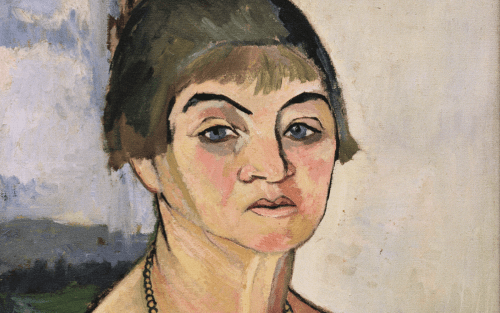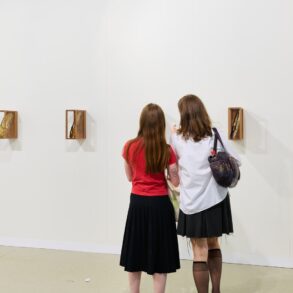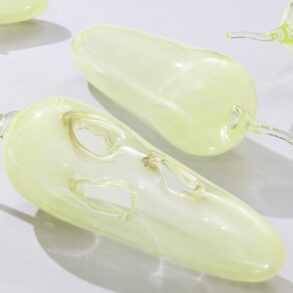
In Suzanne Valadon’s La Chambre bleue (The Blue Room, 1923), a woman reclines on her unmade bed, staring into space, a cigarette between her lips. The model’s pose recalls that of odalisques, those lascivious-looking harem women often painted nude. Valadon, however, chooses to subvert these traditions. Firstly, the woman is clothed: wearing striped pants and a camisole with double straps, which lends the canvas a surprising air of modernity. Secondly, she is not an object but a subject: with one hand casually resting on her thigh, she seems caught in a moment of reverie or reflection, perhaps inspired by the books that lie at her feet. She pays no attention to our gaze – in fact, at any moment, she might light her cigarette, get up, and walk away.
La Chambre bleue is one of the masterpieces in the major retrospective dedicated to Valadon opening this month at the Centre Pompidou in Paris, following a first iteration at Centre Pompidou-Metz in 2023. The painting captivates the audience with its beauty and the expressiveness of its brushwork, but also through Valadon’s empathetic gaze upon her model. The artist bestows upon her female subject a presence and freedom rarely found in the canvases of her contemporaries.
This post was originally published on this site be sure to check out more of their content







